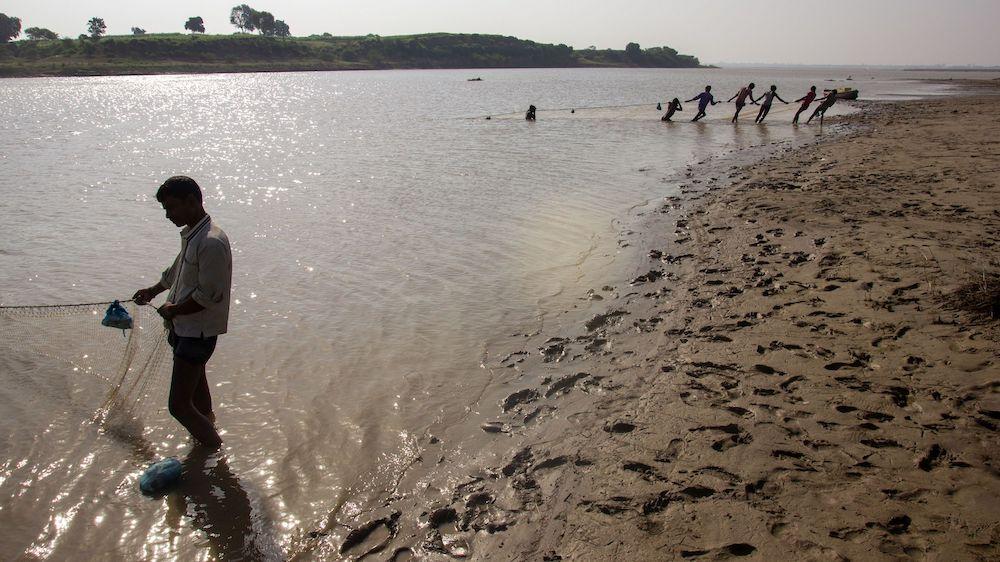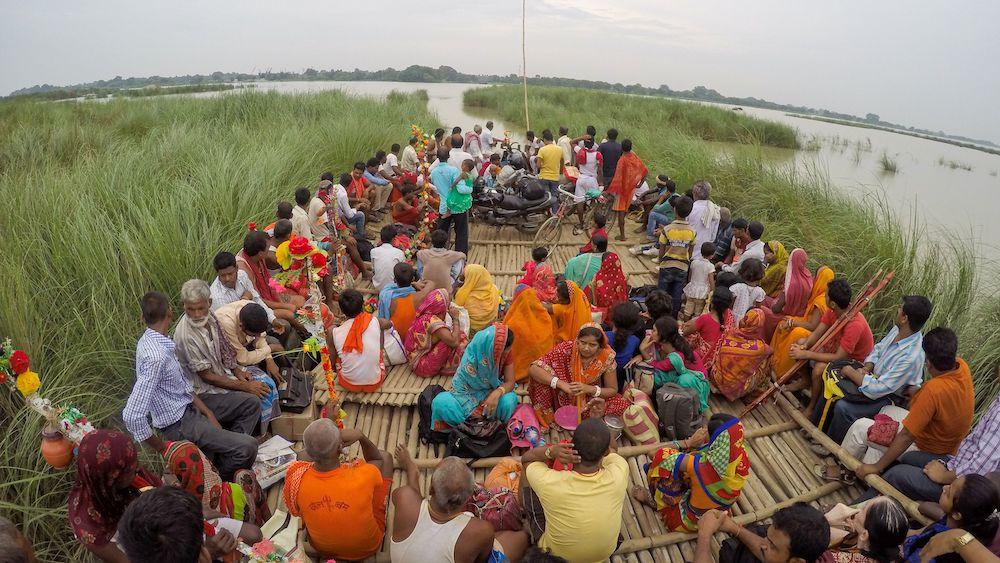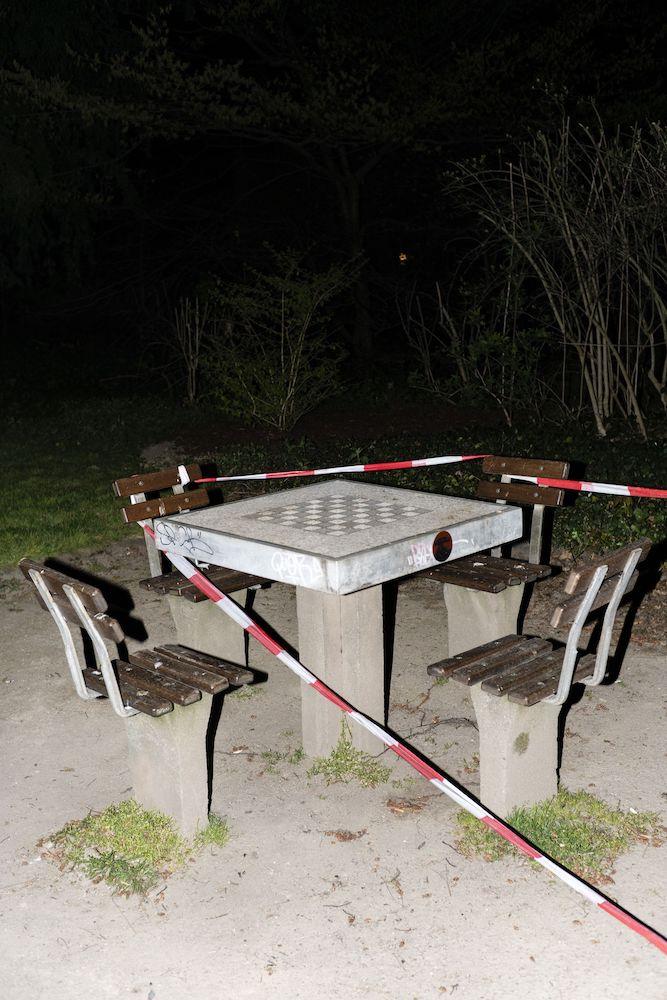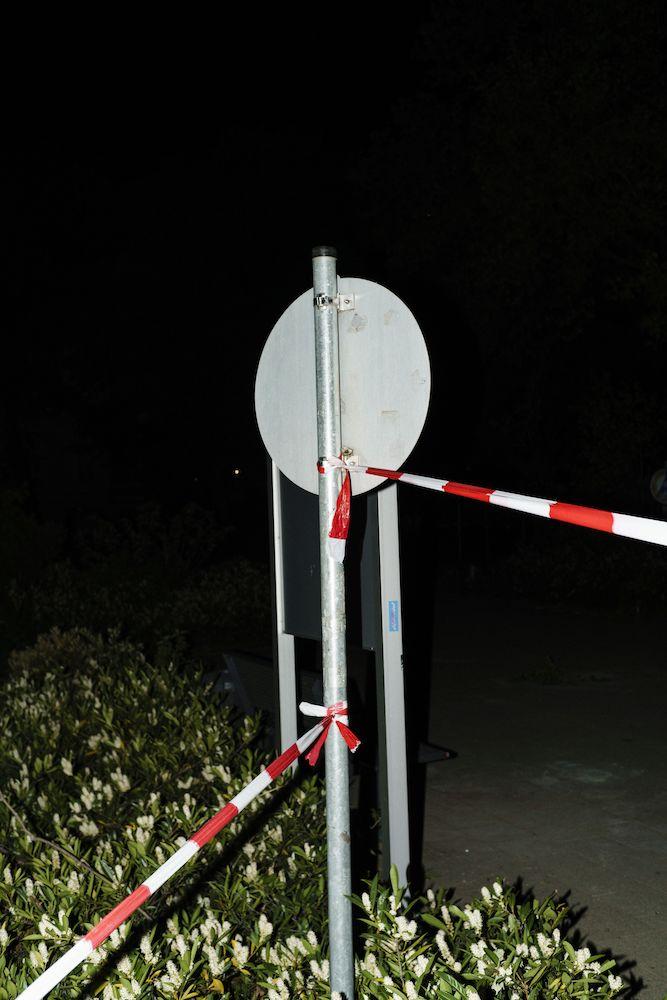Flânerie and Photography: Walking within Different Genres of Photography

On a fishing trip with fisher-folk near Allahabad, Uttar Pradesh. (Siddharth Agarwal. Uttar Pradesh, 2016–17. Still from the film Moving Upstream: Ganga. Image courtesy of Veditum India Foundation.)
Closely linked to nineteenth-century Paris and the poet and art critic Charles Baudelaire, the notion of "flânerie" emerged from the ambivalent figure of the flâneur (stroller/saunterer). It refers to the act of wandering and observing modernity and urbanism, particularly by a privileged city-dweller. Almost a century later, when the German philosopher Walter Benjamin wrote about the flâneur, he was already discussing the figure as an "endangered species," restricted to artificially created environments due to the social and technological conditions of modernity. The term has since been subverted and expanded to include the flâneuse, among others. In her critique On Photography, Susan Sontag imagined the photographer as “...an armed version of the solitary walker” while discussing practitioners who seek out the city’s “...dark seamy corners, its neglected populations—an unofficial reality behind the façade of bourgeois life.” The act of walking has a history of being closely linked to photography, particularly when we think of certain genres within the field. The many meanings of the act of walking thus formed the curatorial backdrop for a two-day symposium, organised jointly by the Biennale für aktuelle Fotografie (Germany) and the Chennai Photo Biennale (India), titled About Walking.
In the second of a two-part interview with two of the curators of the symposium, Shuchi Kapoor and Marie-Kathrin Blanck discuss how photographers have conceptually woven the act of walking into their practice and, in the process, challenged standard notions of genres within photography.

Crossing the Ganga with pilgrims at Sultanganj, Bihar. (Siddharth Agarwal. Bihar, 2016–17. Still from the film Moving Upstream: Ganga. Image courtesy of Veditum India Foundation.)
Sukanya Baskar (SB): An activity like walking may be thought of as being native to certain genres of photography like street photography or photojournalism. How did the symposium and its participants blur those boundaries of genre, or rather, challenge such assumptions?
Marie-Kathrin Blanc (MKB): In photography today—particularly documentary photography—the boundaries between journalism, art and activism tend to blur more and more. Most of the presented projects sit somewhere between these lines. For example, Siddharth Agarwal’s projects—as part of his Veditum India Foundation—document the rivers of India. Through this, he aims to bring stories of the environment and the marginalised people inhabiting these riparian areas into the culture at large. In another project, Paroma Mukherjee challenges the concept of protest photography by taking images of onlookers while participating in protests, rather than solely focusing on the protesters.
Shuchi Kapoor (SK): This is where the transcultural notions of walking intersect and exist as points of departure from standard genres. While Mukherjee’s choice of where to walk was a conscious psychogeographic mapping of London, photographer Andreas Langfeld’s tracing of the limitations of “normality” in public spaces due to Covid-19 or Katja Stuke’s imaginary moons in Konohana (Japan) both present and question supposed reality—all different positions within the genre of “street photography.” The art of mapping and establishing the identity of the city is well explored through the trails being offered by Storytrails, Boris Sieverts and Urban Design Collective. With a concentrated effort in guiding locals and tourists to look into both the past and the current urban landscapes through their histories, cultural and topographical evolution as well as documention in the form of photographs and stories allows for an immersive experience of “the local” on foot. Some key elements to the aspect of walking that emerged from the symposium are: a sense of curiosity at the core along with the need to claim public spaces intentionally and artistically for purposes that could be political or cultural. For our diverse audience, we also curated a set of articles and songs that touched upon the theme of walking, successfully taking people’s imagination for a walk! All of this continues to remain available on the Chennai Photo Biennale’s Instagram and Youtube channel.

Samstagnacht (Saturday Night), Hofgarten. (Andreas Langfeld. Düsseldorf, April 2020. Image courtesy of the artist.)

Montagnacht (Monday Night), Kolpingplatz. (Andreas Langfeld. Düsseldorf, April 2020. Image courtesy of the artist.)
SB: You address it to some degree in the curatorial note, but could you expand a little more on how the focus on walking gained renewed importance during the pandemic? How was this different across the two nations and what impact did that leave on photography?
MKB: Going out can feel like a little escape and can allow us to experience our environment more consciously. For some, walking takes on mostly positive connotations from a health and relaxation perspective, even in times of a worldwide pandemic; whereas for others, walking became necessary and existential.
When we spoke about the idea of planning a symposium about walking to our partners at the Chennai Photo Biennale, we realised that our experiences of walking seemed to be quite different. For example, in Germany, empty streets devoid of people engendered a certain kind of “iconography” of pandemic photography. For instance, something like the barrier tape used to shut off certain places such as outdoor playgrounds during the lockdown here, which Andreas Langfeld documents in his series Samstagnacht (Saturday Night). In other countries, where lockdowns were stricter, you might see walking on rooftops or photography from rooftops, such as in Sohrab Hura’s series Rooftop. And then, of course, there is documentation of the precarious situations people experienced due to these strict measures, such as the large groups of migrant workers in India, who could only reach their homes on foot, which were often hundreds of kilometres away.
For us, the current pandemic situation was only the starting point to think about walking. So, the different presentations worked separately from and in tandem with current developments. Michal Iwanowski, for example, made his long-distance walking project to explore his own history, questions of identity and what home means, to highlight parallels between personal and global perspectives. Vidhya Mohankumar involves all kinds of walks to build a walking-friendly city environment. There are many different approaches and projects connected to walking that we were very happy to bring together for this two-day event.
SK: This is a time where the true potential of photography as a democratic art form has emerged like never before. Not just artists and photographers, but most people had to start communicating via visual media. In the process, many people started focusing on documenting mental health or even sharing recipes across platforms! The physical form of walking was challenged and people managed to participate in transcultural experiences—something we had not explored as much digitally before. In the hope of a normal world, especially with regard to the relationships with our immediate space and our mind; newer relationships had no concept of borders anymore.
To read more about photography and walking, please click here and here.




